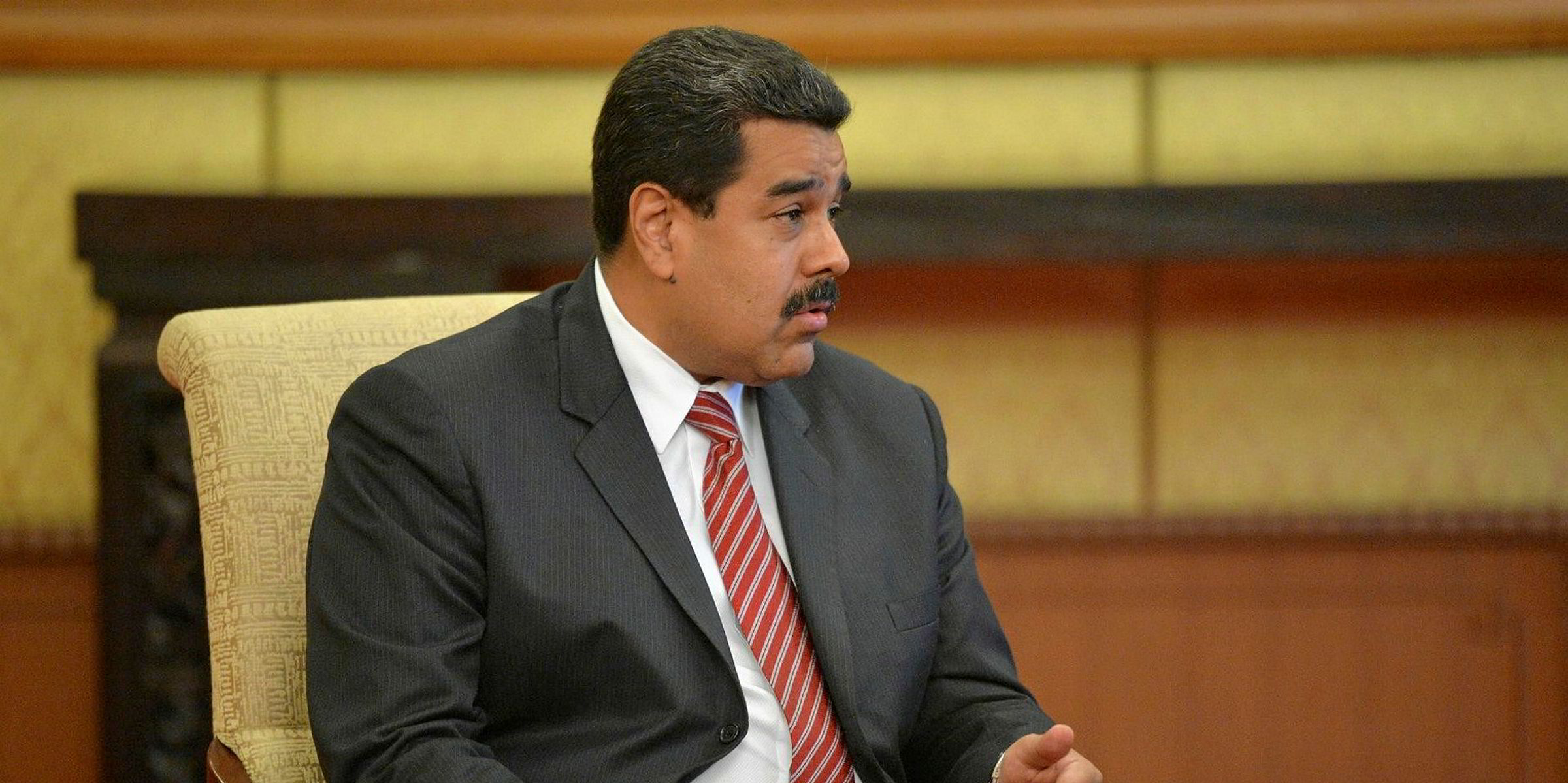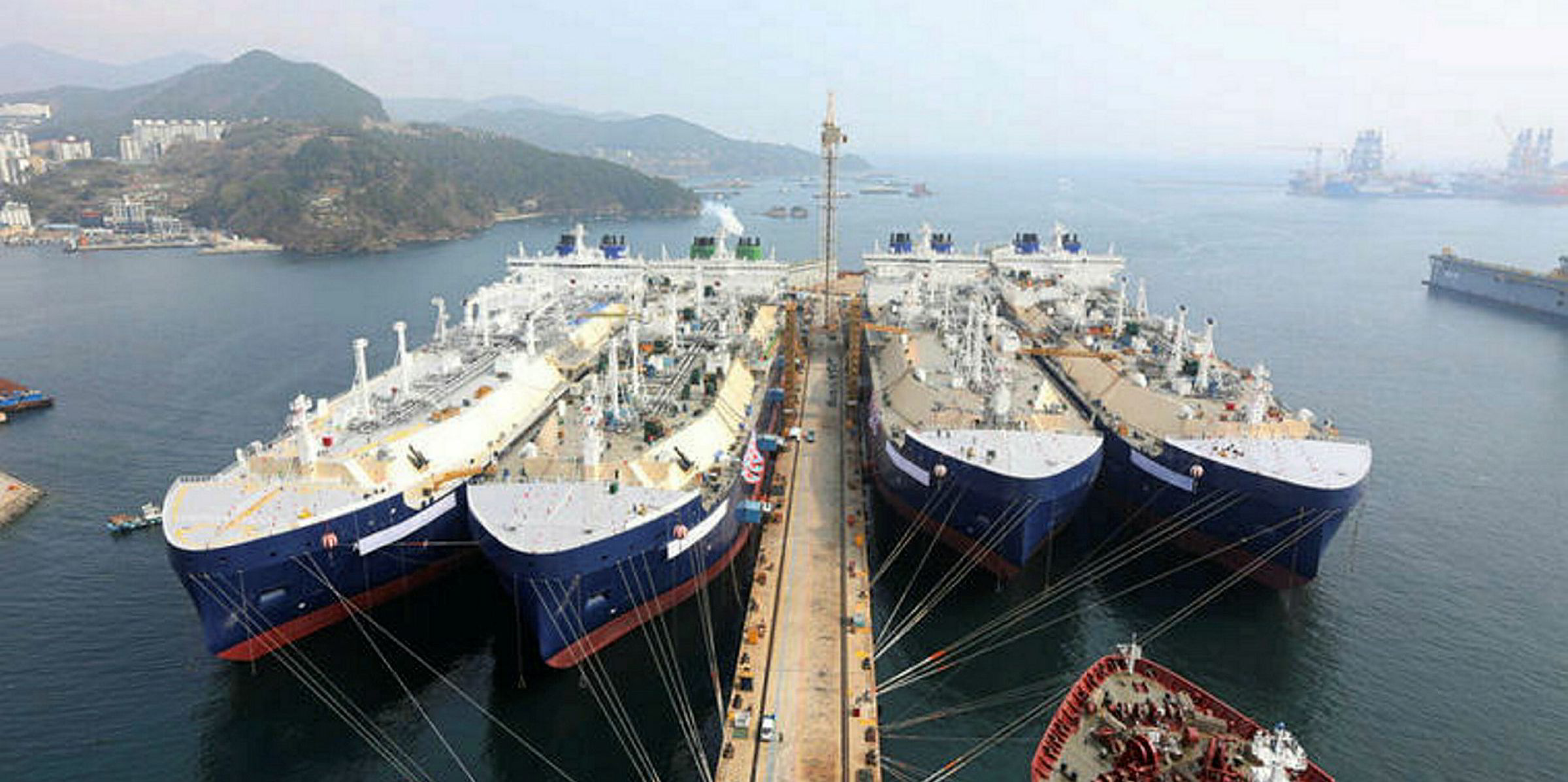In the wake of historic VLCC rates on Friday last week, the earnings frenzy appeared to die down this week, with VLCC levels settling at about $135,000 per day by Wednesday.
Market participants reported a day of quiet trading as fixtures that had fetched high rates at the tail end of last week failed to finalise.
“After having had a sniff at rates yielding upwards to $300,000 in daily earnings, owners were brought back to earth this week, in a manner of speaking, with everything done at above Worldscale 205 [$200,000 per day] failing subjects,” Fearnleys said.
In general practice, spot tankers are fixed “on subjects” initially and those provisional deals can be dropped without repercussions by charter parties due to operational or rate changes, or other reasons.
Data from Tankers International showed that VLCC fixtures for the 296,793-dwt Evgenia I (built 2011) at Worldscale (WS) 240; 320,513-dwt Maran Capricorn (built 2008) at WS 240; 314,000-dwt Ingrid (built 2012) at WS 280; 317,106-dwt Olympic Light (built 2011) at WS 280; 298,642-dwt Ardeche (built 2017) at WS 325; and 299,984-dwt Folegandros I (built 2004) at WS 330 did not materialise.
Most were voyage charters from the Middle East Gulf fixed on Friday last week.
Vessel supply has increased, with those tankers being released back into trading. This, combined with some relets from oil companies, is leading to a more balanced supply-demand picture, according to Fearnleys.
On the Baltic Exchange, time charter equivalent earnings for VLCCs on the TD3C route between the Middle East and China were assessed at $134,991 per day as of Wednesday afternoon, down $66,502 from on Tuesday.
Still, many market participants expect that seasonal oil demand, IMO 2020 and the removal of the Cosco Shipping Tanker (Dalian) fleet will underpin freight rates in the coming weeks.
“It is still very good,” a broker said of the rates. "The question is just how good [it will be].”
The latest TD3C reading was sharply lower than the record level of $300,391 per day on Friday last week. Still, this was much higher than the month-ago level of $32,367 per day.
“The underlying fundamentals remain strong, which will support a much higher floor for the balance of the year,” Fearnleys said.





